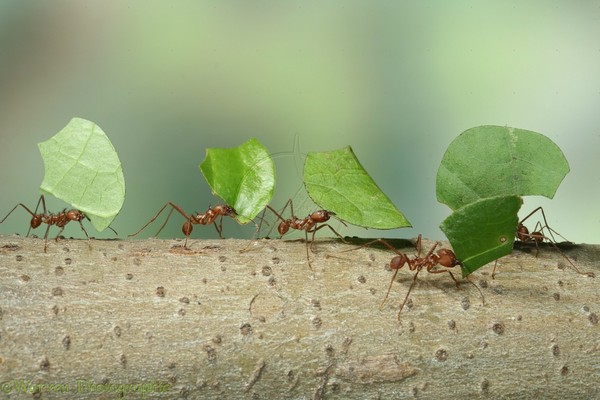Observe the life around you
Create a nature journal to record plants, insects, and birds with sketches, notes, and simple measurements while learning careful observation skills.



Step-by-step guide to create a nature journal
Herbivores, Carnivores, and Omnivores for Kids | Learn which animals eat plants, meat, or both
Step 1
Gather your notebook pencil eraser colouring materials ruler and magnifying glass and bring them outside to a safe spot.
Step 2
Choose a single plant insect or bird to observe closely for this page.
Step 3
Sit quietly and watch your chosen subject for five minutes without touching it.
Step 4
Look carefully and notice the overall shape of the subject before you draw.
Step 5
Draw a simple outline of the subject in your notebook using your pencil.
Step 6
Measure one clear part of the subject like a leaf length or a bird's wing span with your ruler.
Step 7
Write the measurement number next to your sketch.
Step 8
Use the magnifying glass to study small details like veins on a leaf or patterns on a bug.
Step 9
Add those small details to your drawing with your pencil.
Step 10
Colour in your sketch using your colouring materials to match what you saw.
Step 11
Write the date the time and the weather at the top of the page.
Step 12
Write one sentence about what the subject was doing or a sound you heard.
Step 13
Add one question or guess about your subject to investigate next time.
Step 14
Share your finished nature journal page on DIY.org
Final steps
You're almost there! Complete all the steps, bring your creation to life, post it, and conquer the challenge!


Help!?
What can we use if we don't have a magnifying glass or ruler?
Use a smartphone camera's zoom or macro mode to study small details and a folded strip of paper or a straight stick marked with your hand spans as a makeshift ruler when you measure a leaf length.
What if the bird or insect moves before I finish my five-minute observation?
If your subject moves, switch to a nearby plant or a resting bird, quickly draw the overall shape with light pencil strokes as in the 'Draw a simple outline' step, then use the ruler to measure a stable part like a leaf length.
How can we change the activity for younger or older kids?
For younger children shorten the 'sit quietly' time to one minute and have an adult help with the date, time, and weather while older kids can record exact measurements in millimeters, add the species name, and write a research question to investigate next time.
How can we make our nature journal page more interesting before sharing on DIY.org?
Extend the activity into a week-long series in your notebook by measuring the same leaf or wing span with your ruler, using the magnifying glass to add new details each day, attaching a photo or sound recording, and compiling the pages to share on DIY.org.
Watch videos on how to create a nature journal
Natural Habitats and Ecosystems - Compilation Video - Science for Kids
Facts about nature study and observation
✍️ Drawing and writing observations by hand often helps people notice tiny details they’d miss when only taking photos.
🌿 Botanists use simple measurements like leaf length and petal counts to tell similar plant species apart.
📒 Field notebooks have helped explorers and scientists discover new species and track ecosystem changes for centuries.
🐛 Insects are the most diverse group of animals—scientists have described over a million species and expect millions more.
🐦 Many birders learn songs and calls first—birdsong is often the quickest way to identify a species in the wild.
How do I guide my child to create a nature journal to record plants, insects, and birds?
What materials do I need to start a nature journal with my child?
What ages is keeping a nature journal suitable for?
What are the benefits of keeping a nature journal and how can I keep it safe?


One subscription, many ways to play and learn.
Only $6.99 after trial. No credit card required



